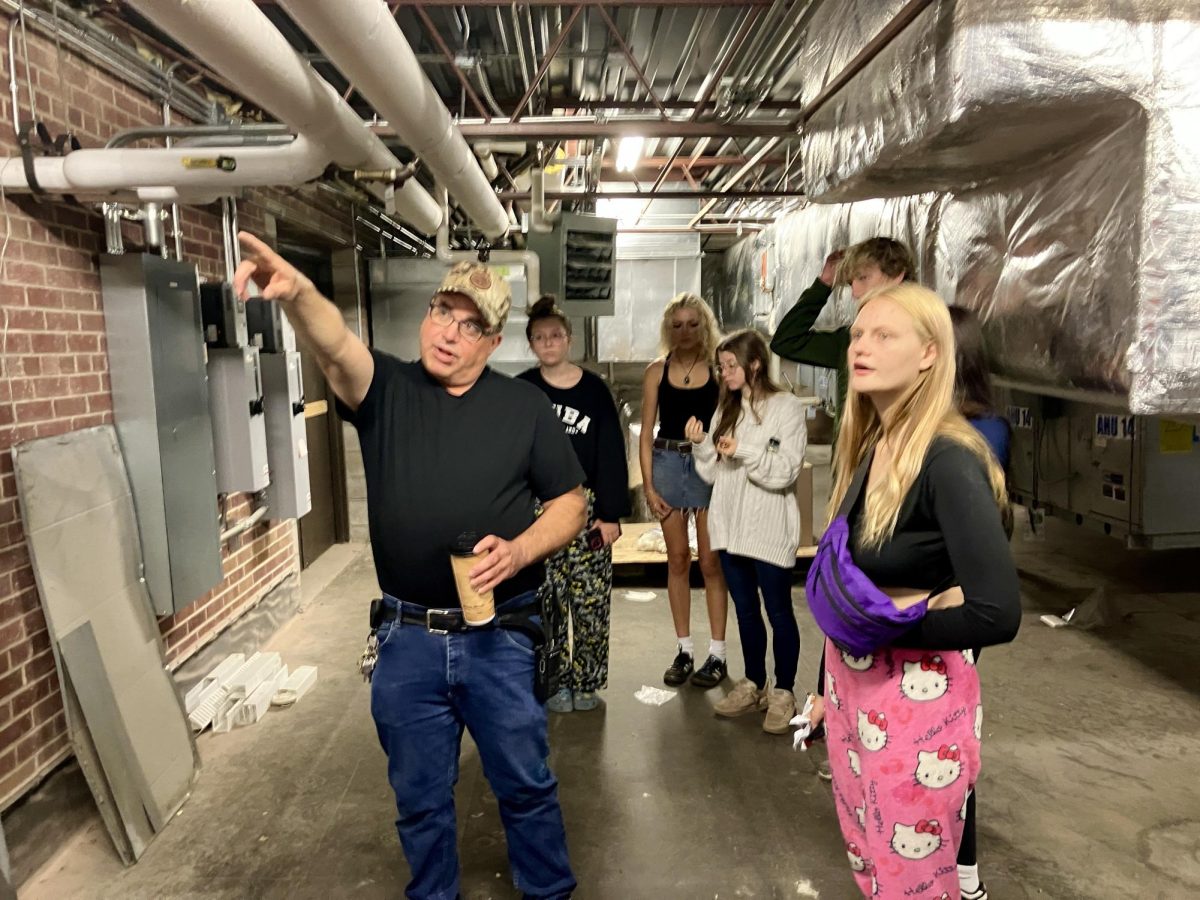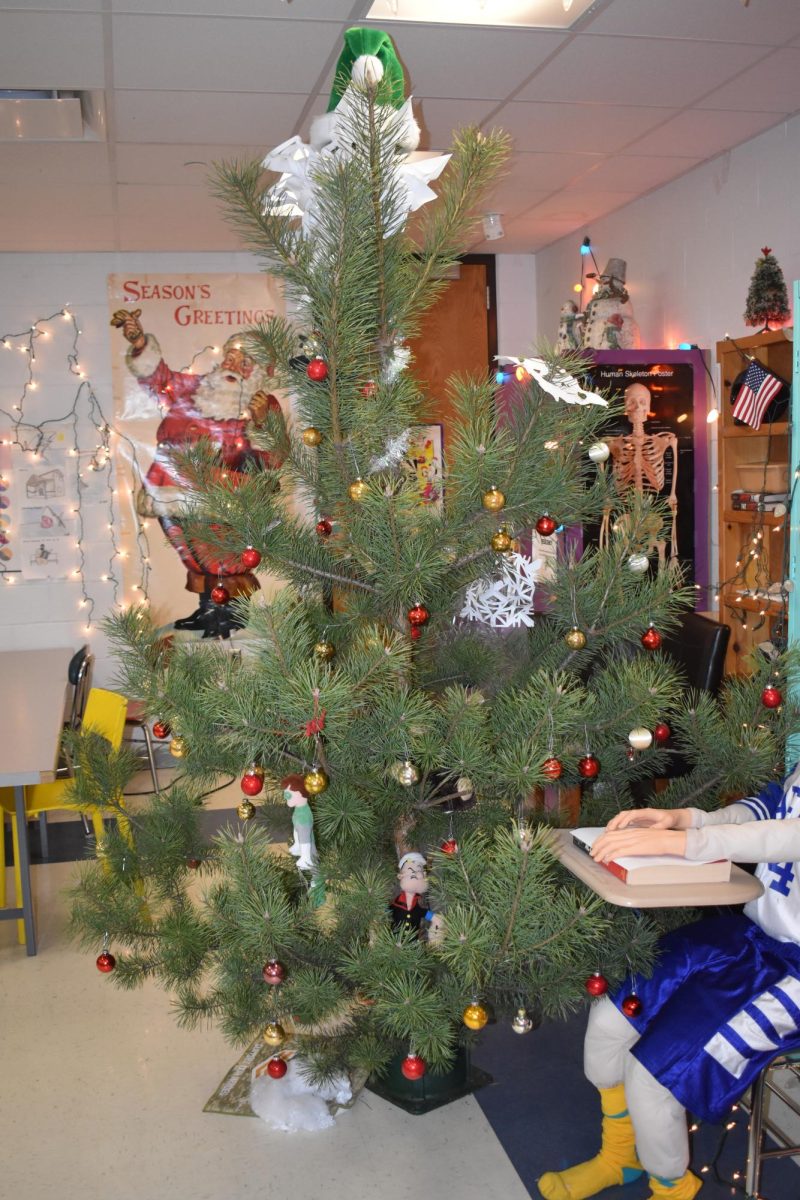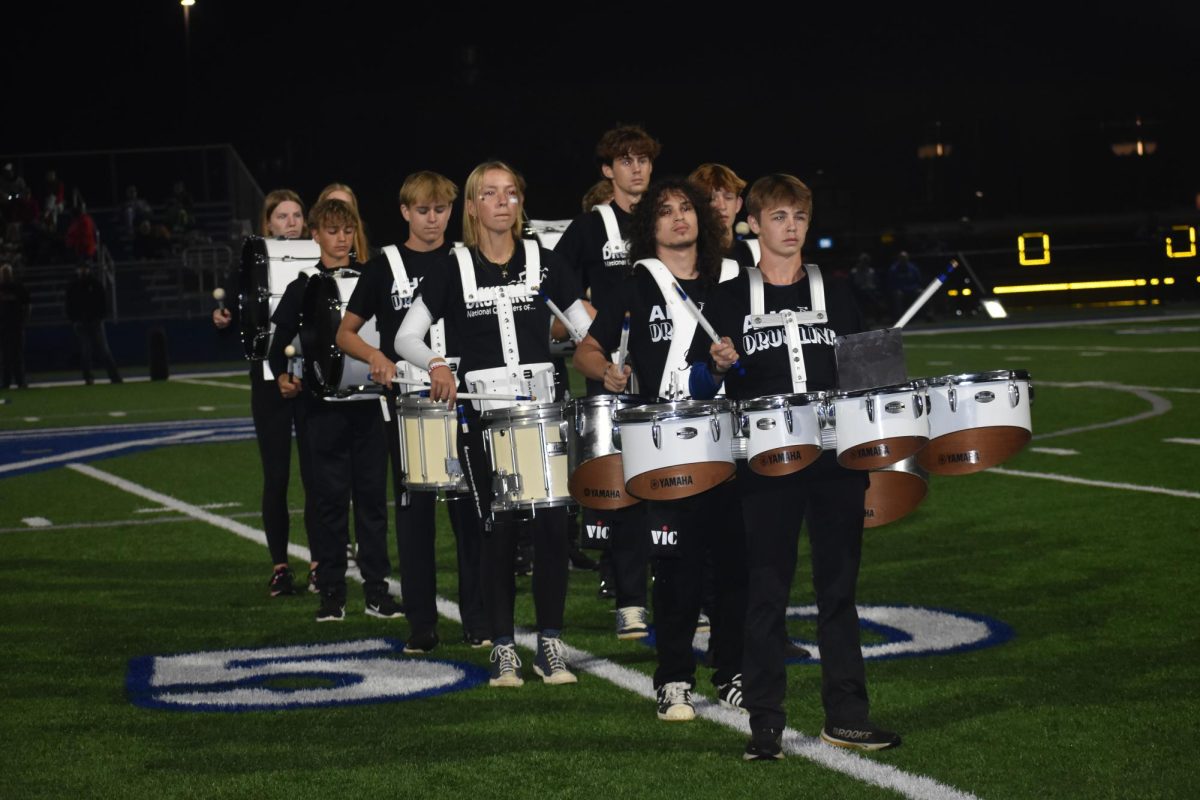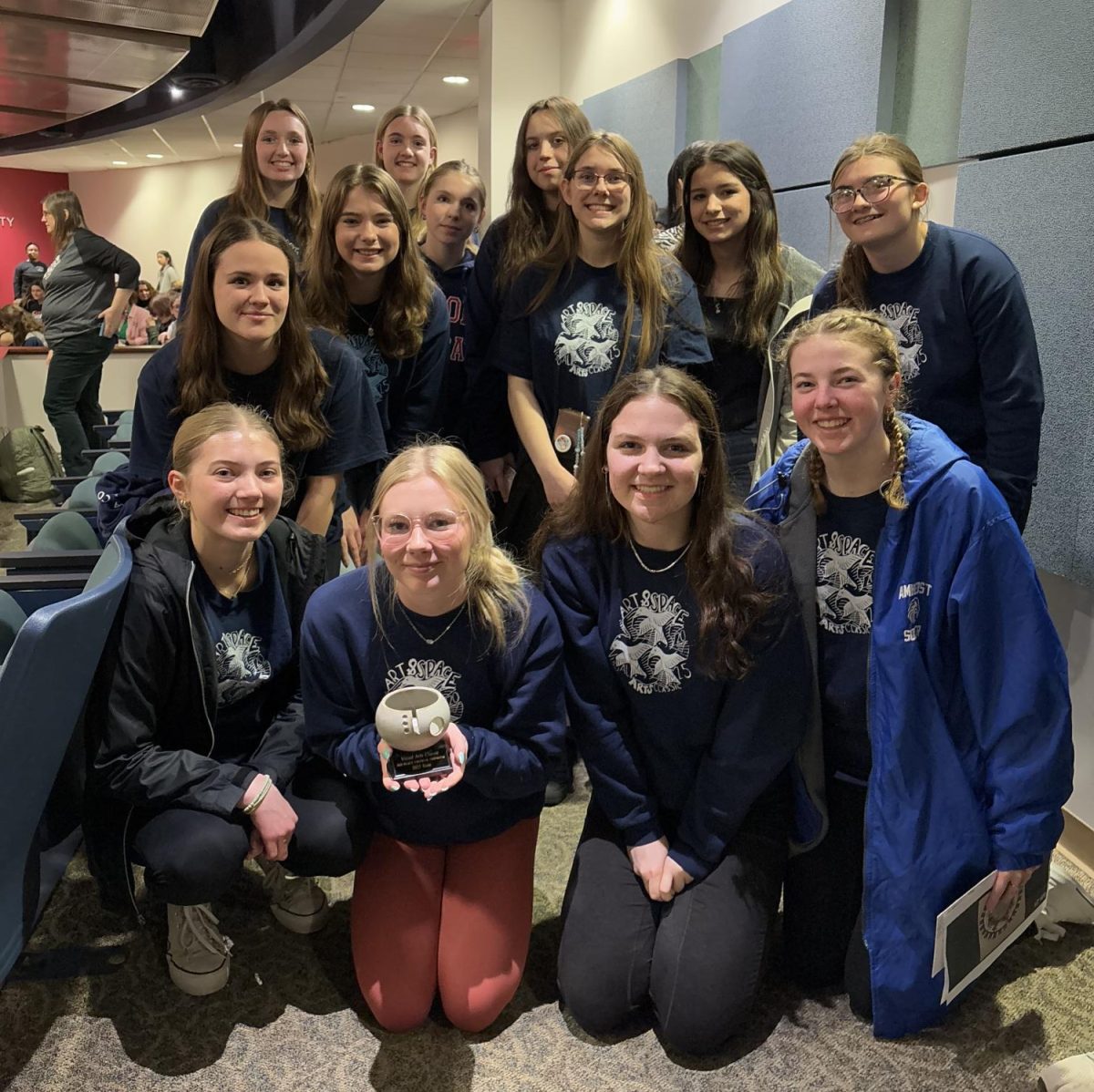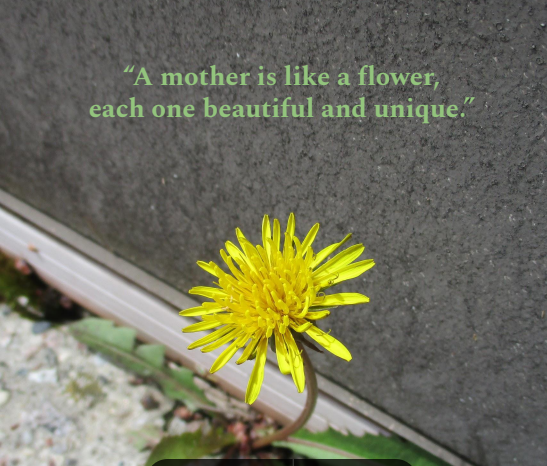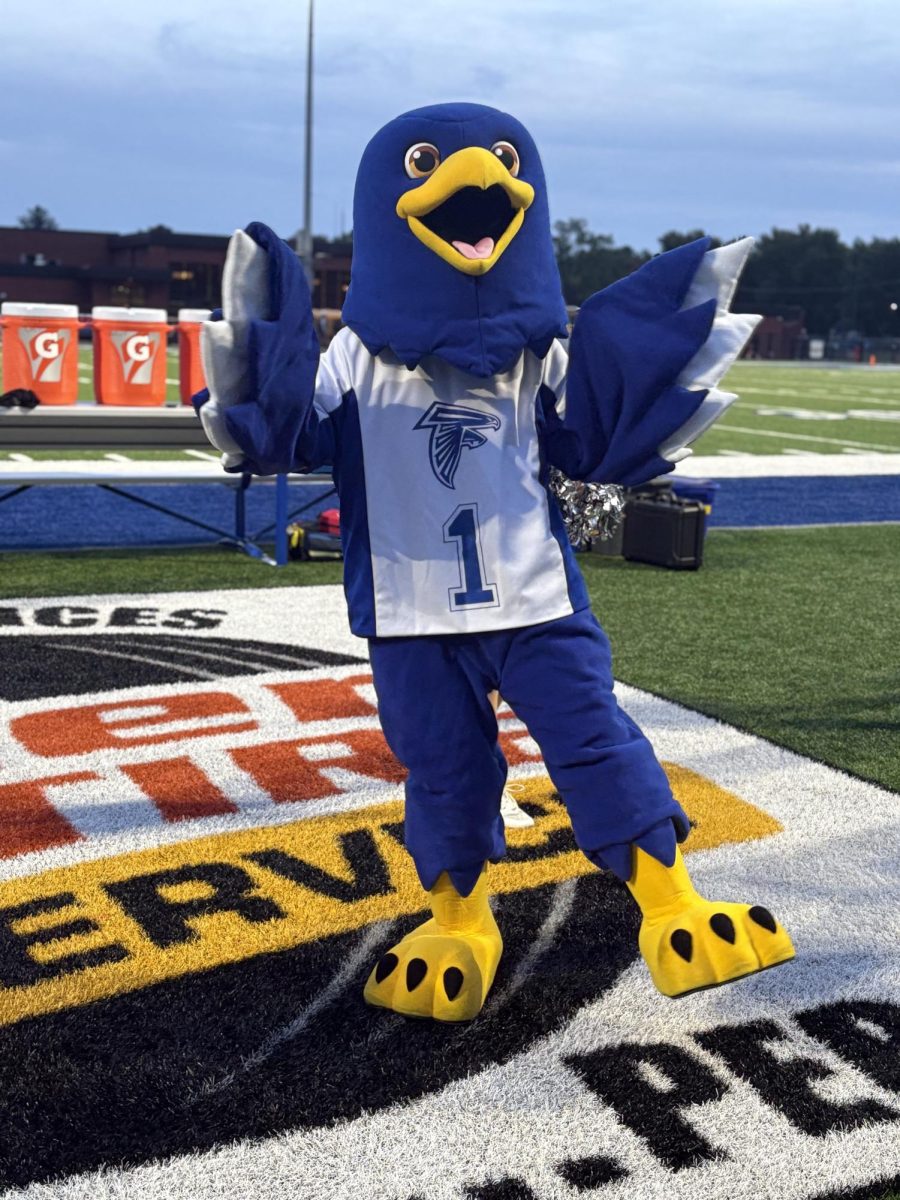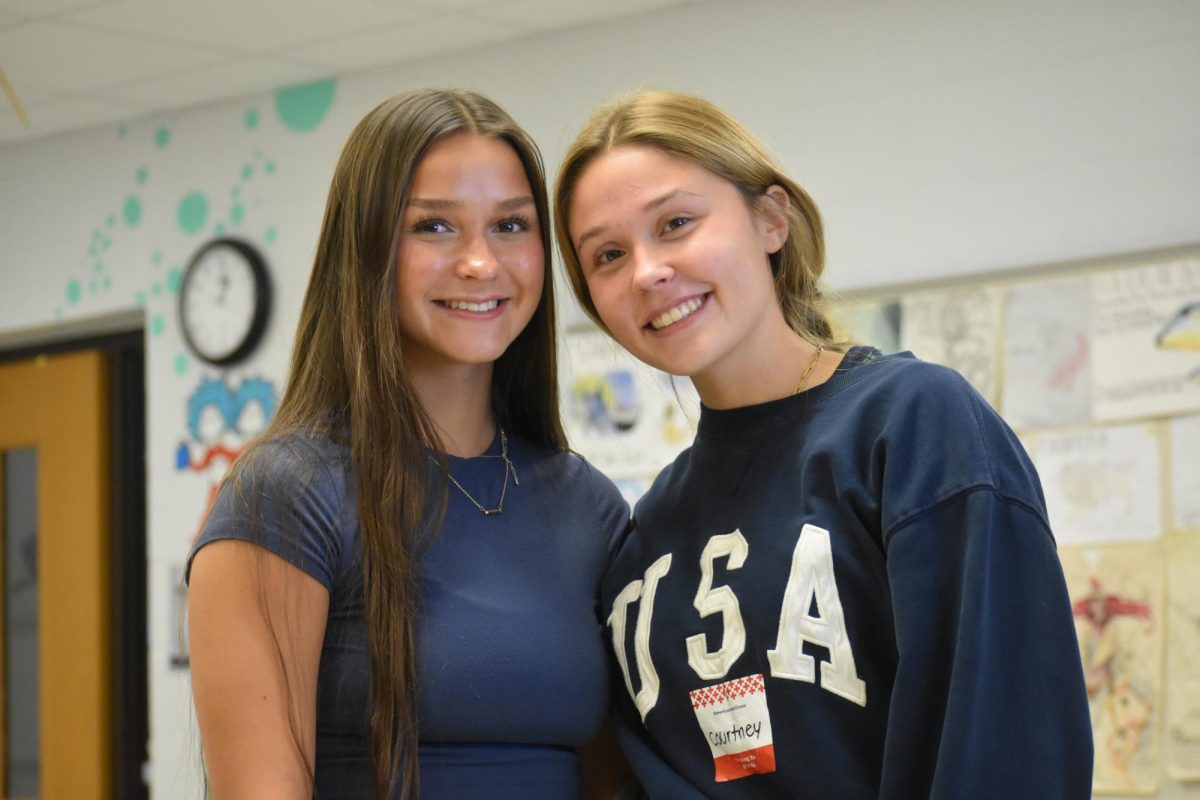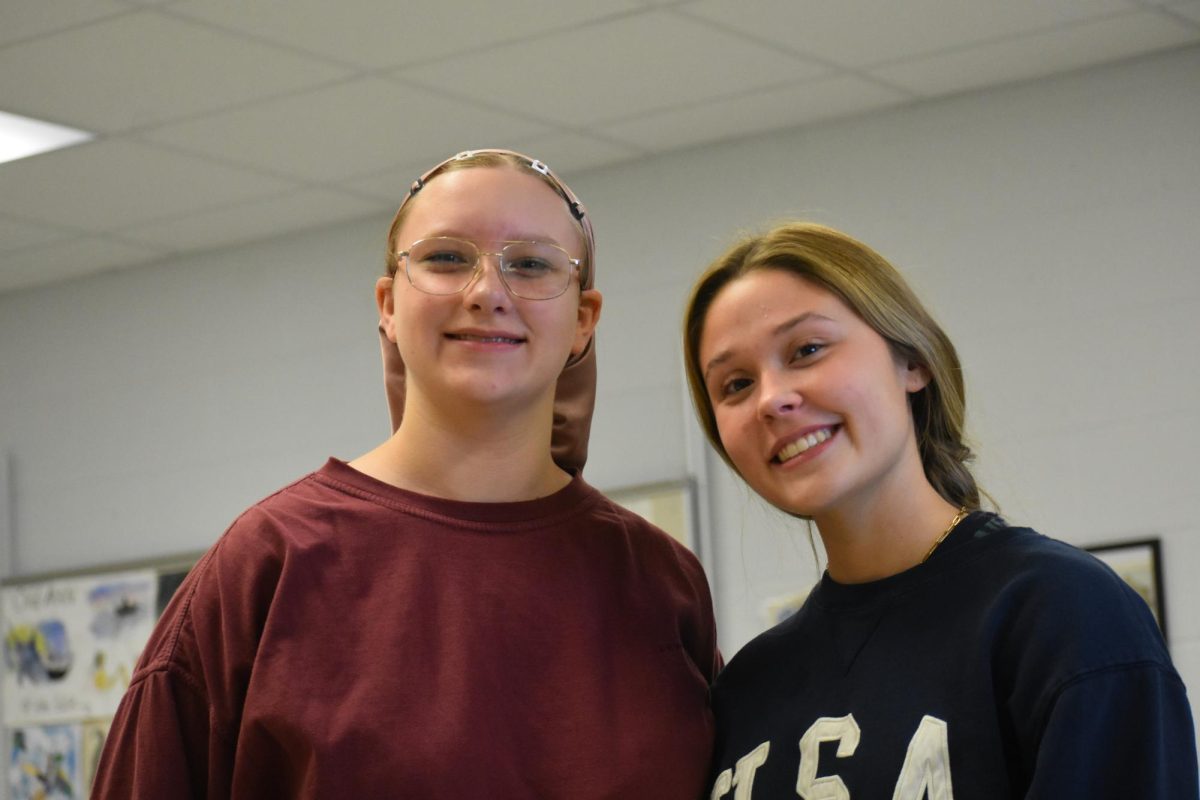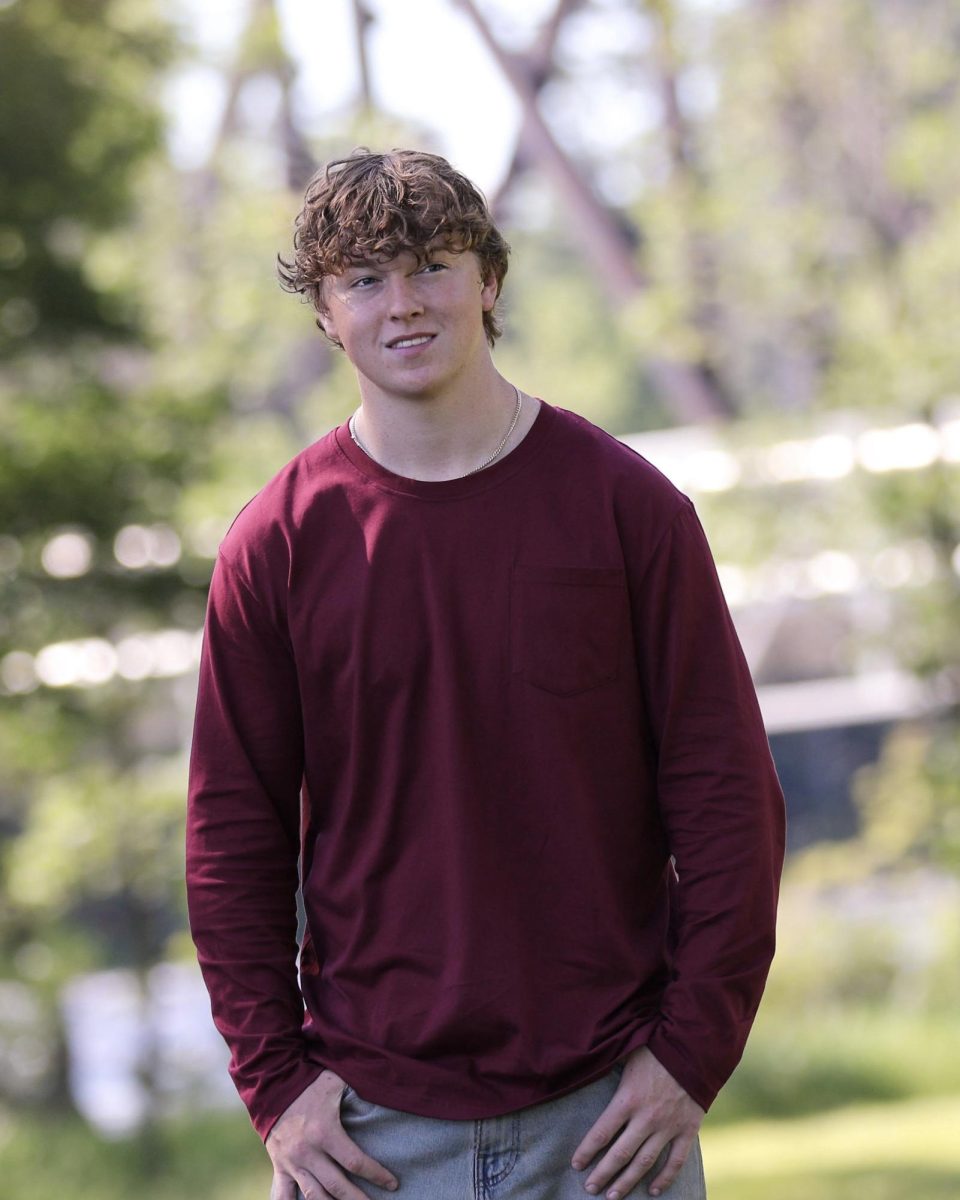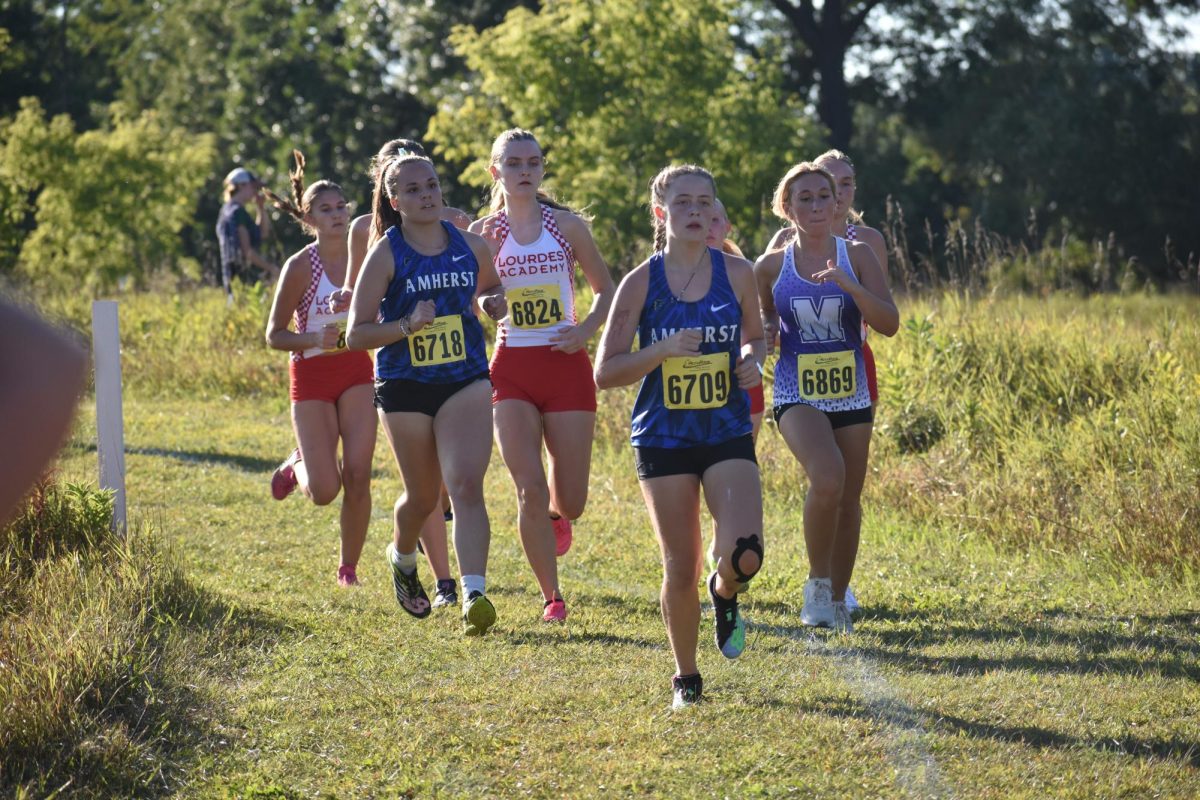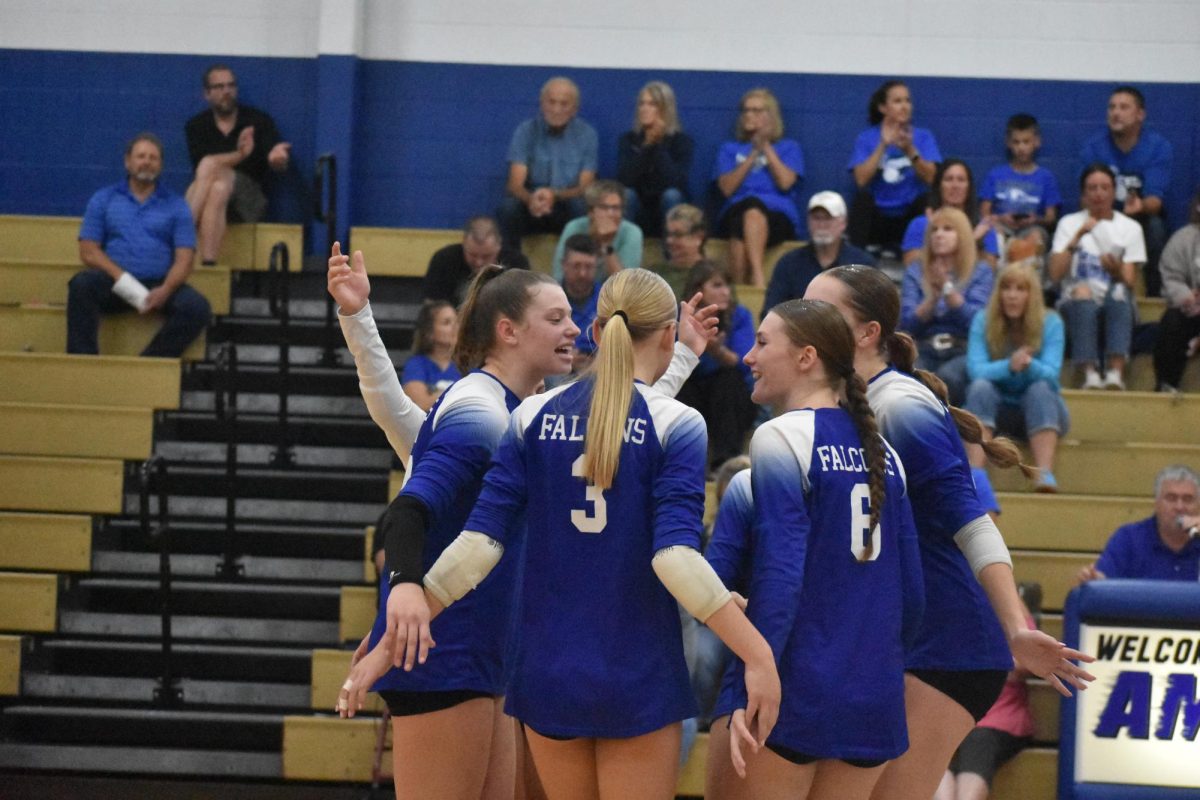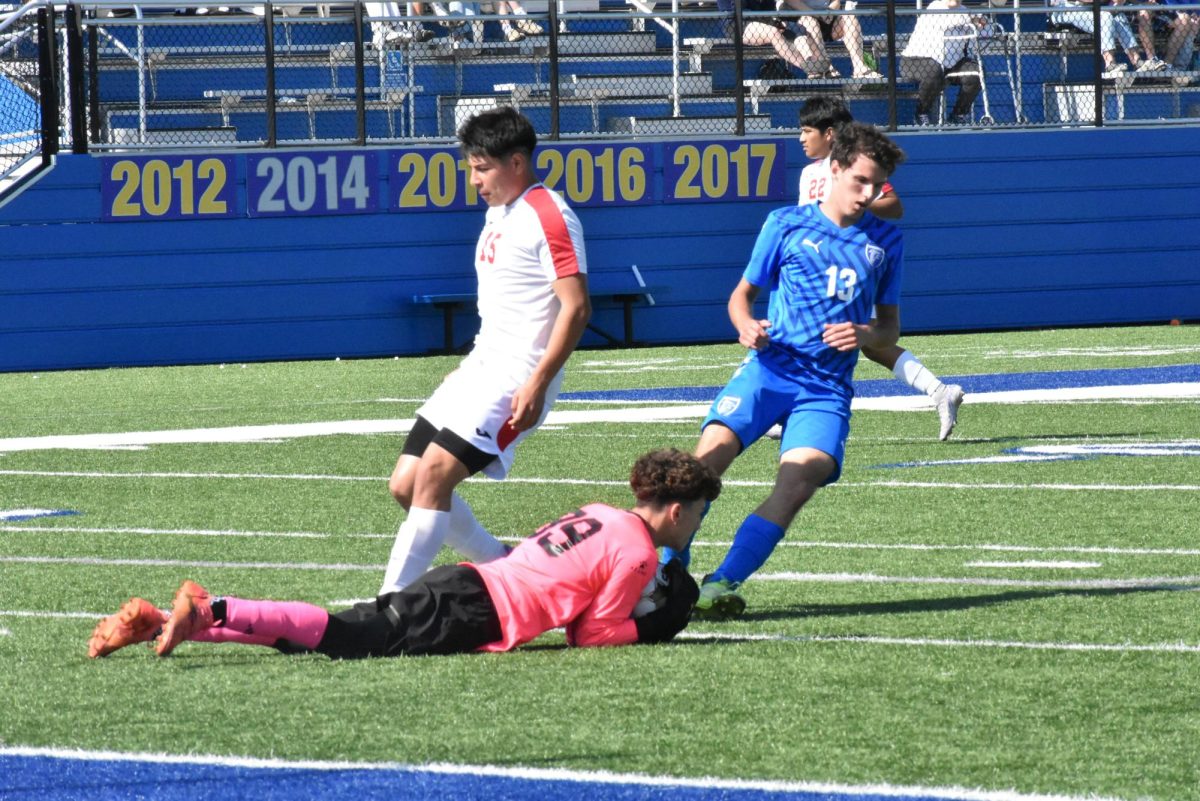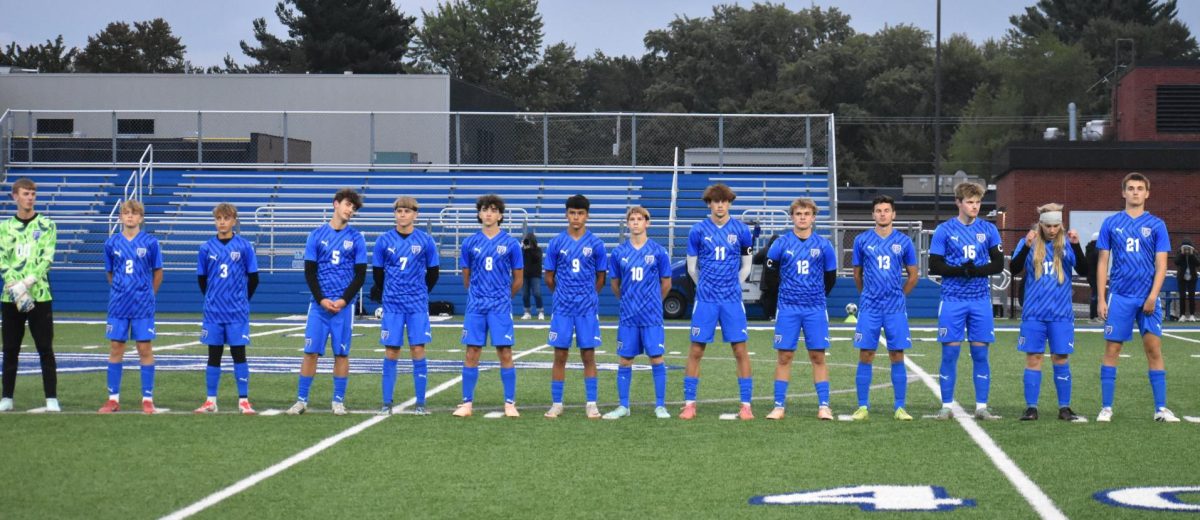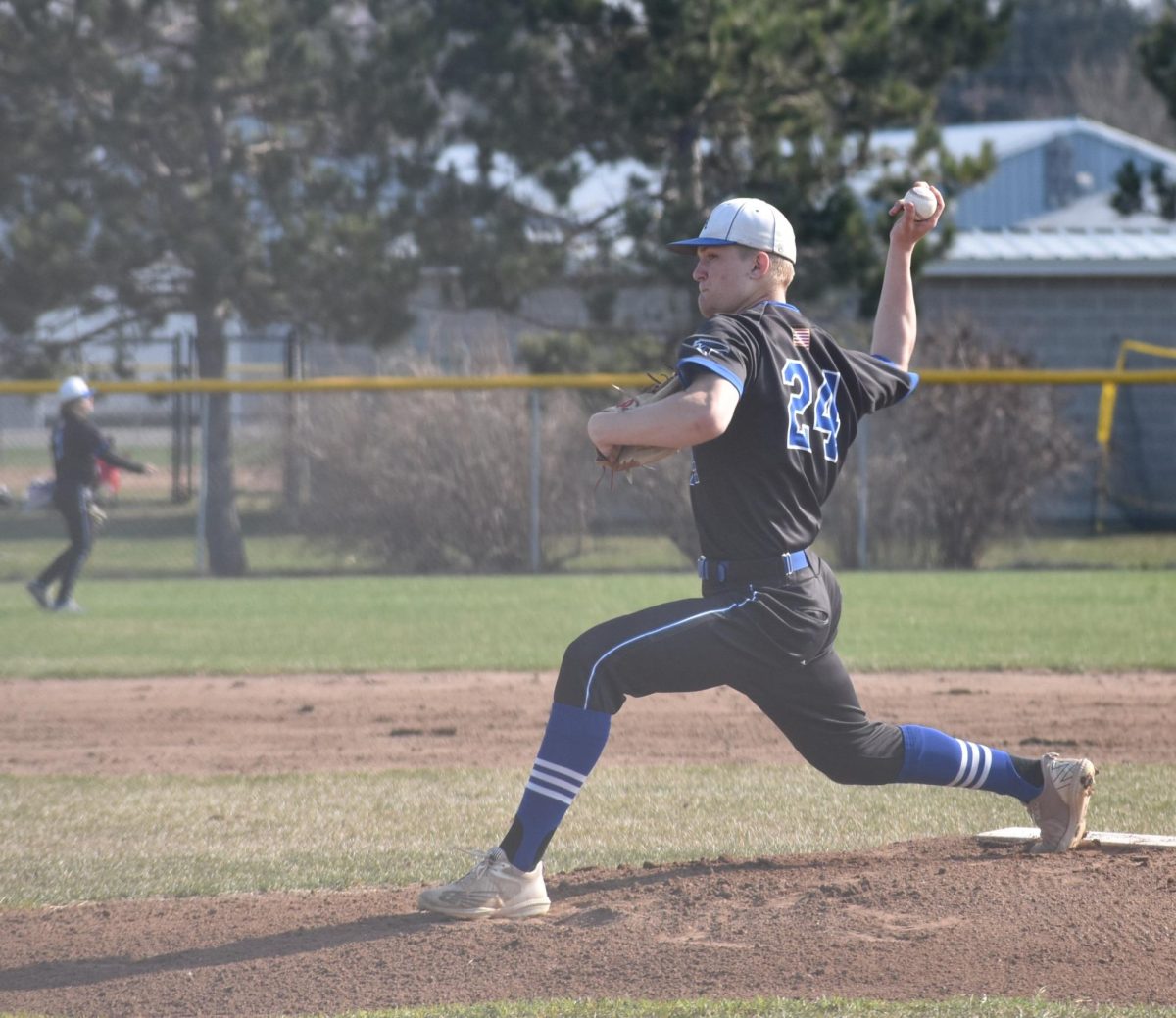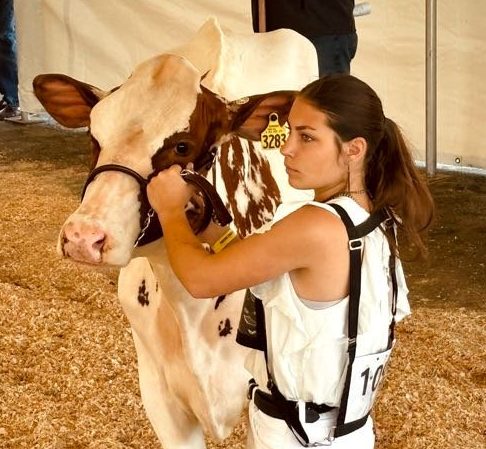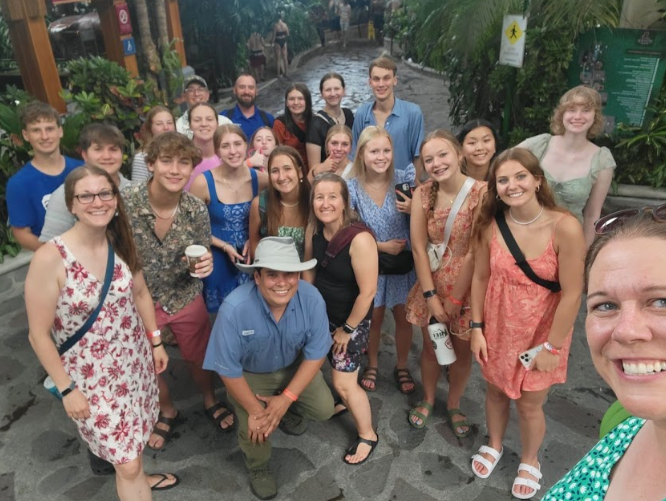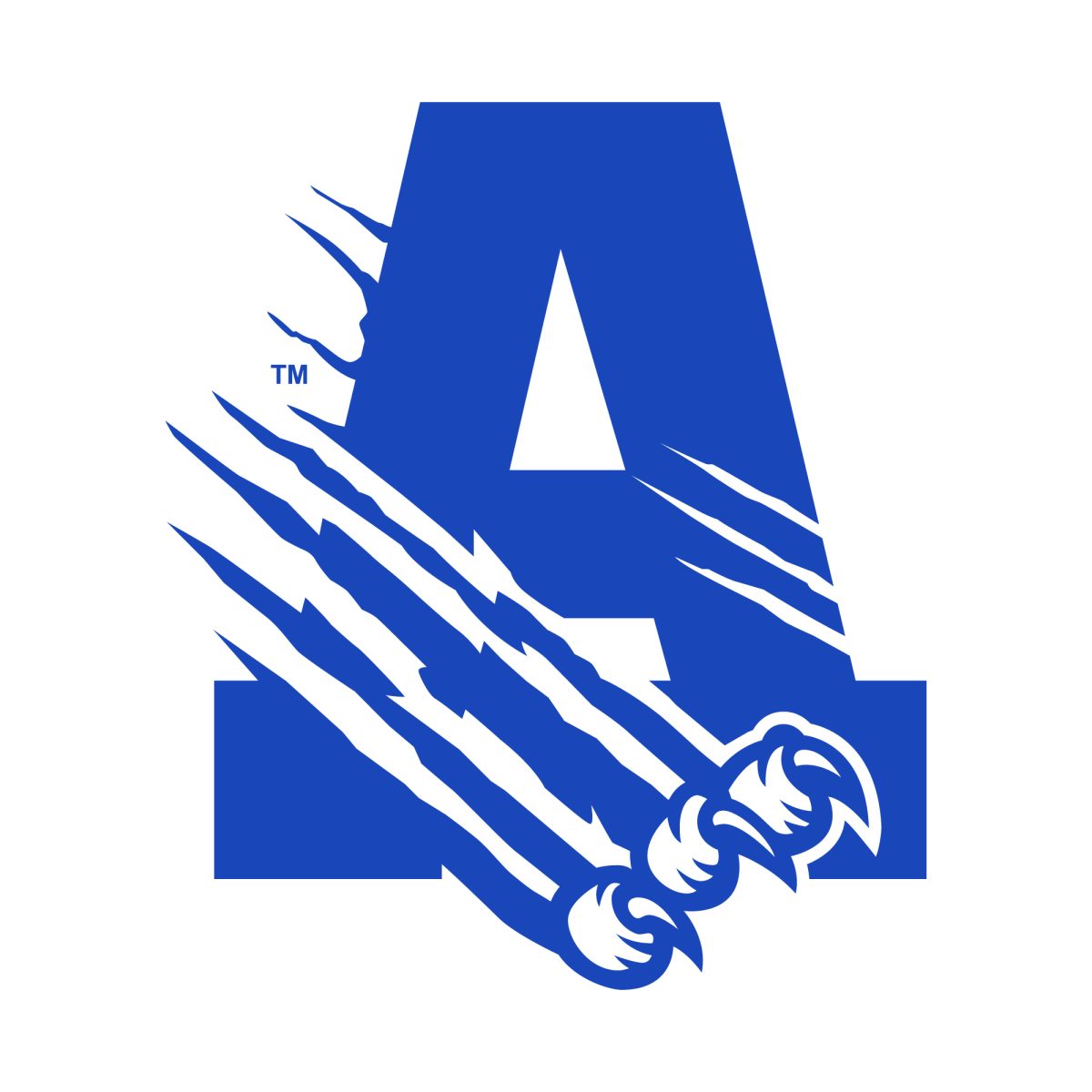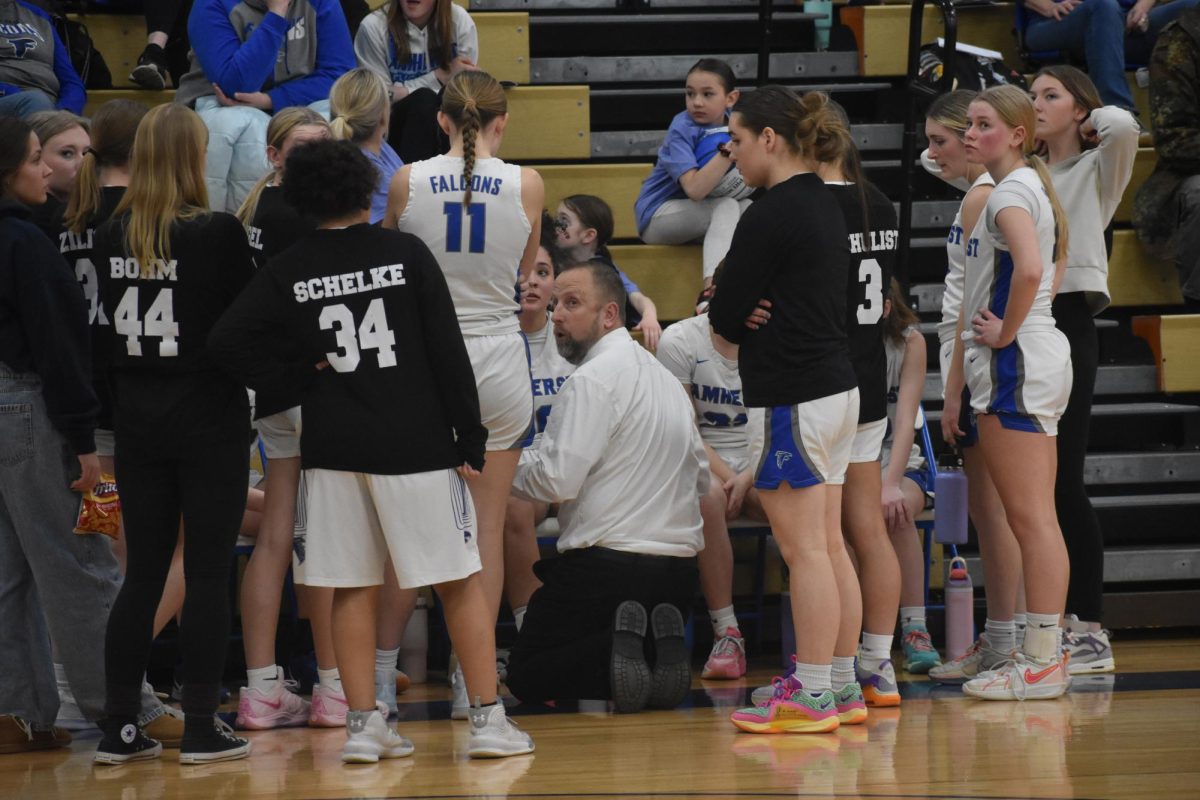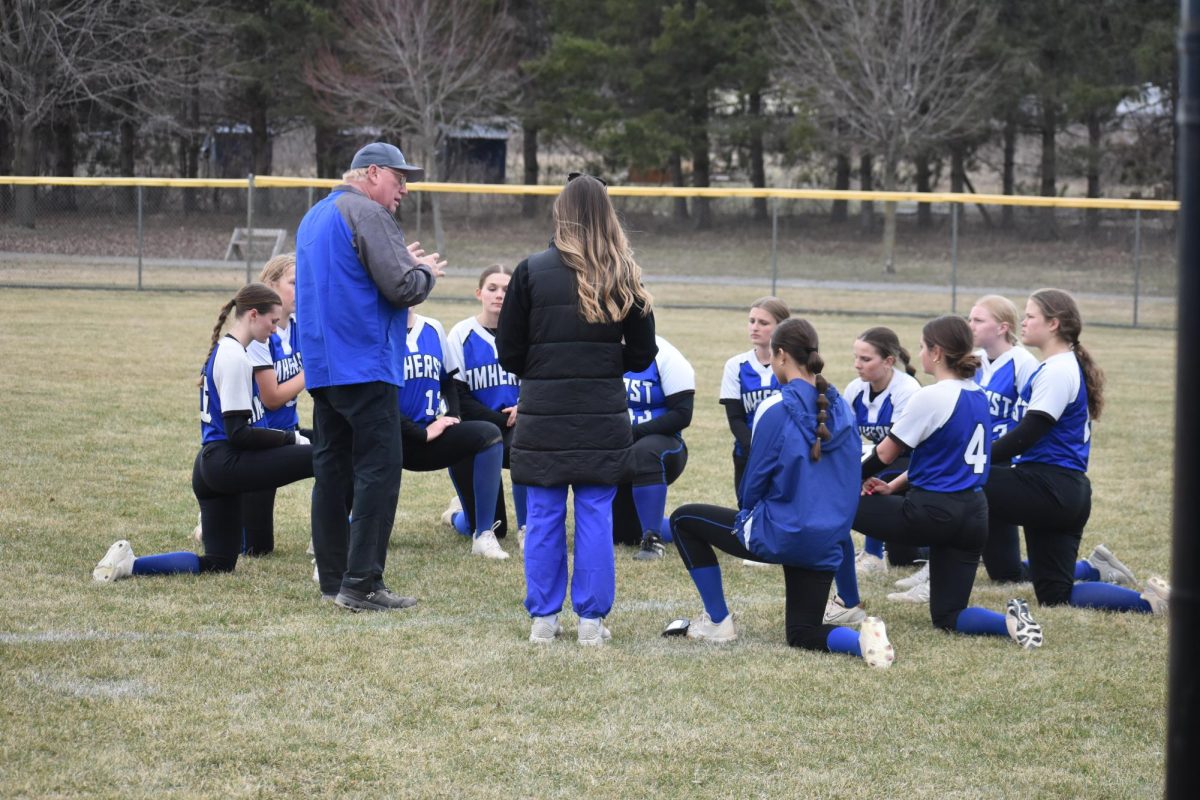If you ask a regular high school student to name a special education student, can they? Perhaps they can, but the bigger question is: Do they include them in all that encompasses the school community?
Most high school students will ignore or avoid the special education students. It’s easier to not think about how these special education students want to be included in class and activities and that they want friends and so on. Sure, being included may look different than a typical student. Being friends with them may look different too. But this all leads to one term: Inclusion.
In special education, inclusion is immensely important. “It helps to create an environment where all students feel safe, valued, and accepted,” said Stephenie Peterson, a special education lead teacher at Amherst Elementary.
Such an environment is beneficial to every student involved, even outside of the classroom, giving those without disabilities a greater understanding and acceptance of individual differences and preparation for life in a diverse society. Those with disabilities benefit academically, along with boosting self esteem and confidence. “Inclusive environments prepare all students for future interactions by promoting collaboration, mutual support, and effective communication—skills essential for becoming active, contributing members of society,” adds Peterson.
Fostering inclusion among students with and without disabilities involves collaboration by everyone, which can be difficult depending on the circumstances. “Social skills can be challenging, and every individual is unique,” Peterson said. “Embracing and appreciating these differences leads to deeper, more meaningful relationships.”
This difficulty extends to the teacher as well. Every student is unique—especially in the case of special education. The responsibility for ensuring that individual needs are met within the classroom requires active collaboration with parents and the staff members with the student.
“Several factors come into play, including the individual student, the particular class and assignment, and the specific educational plan developed by the IEP team. While the overall expectations often remain the same, additional supports—such as accommodations and modifications—can make a big difference,” Peterson said. These important decisions, ensuring students can understand and learn the subject, often require staff to offer multiple methods for assessing student knowledge and understanding.
Peterson closes with a favorite quote of her staff team, especially relevant to the ability to provide assistance to students who need it. As Rick Riordan writes, “Fairness does not mean everyone gets the same. Fairness means everyone gets what they need.”





